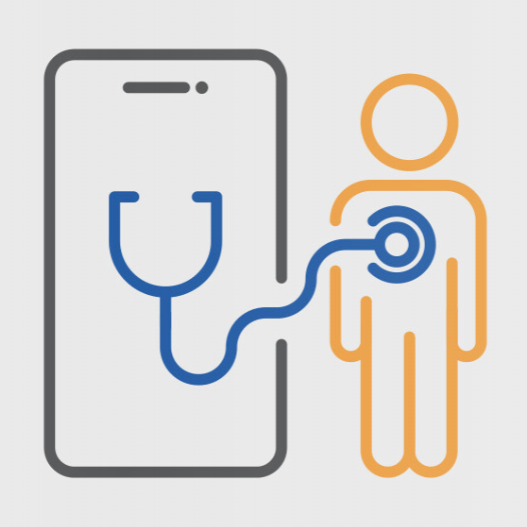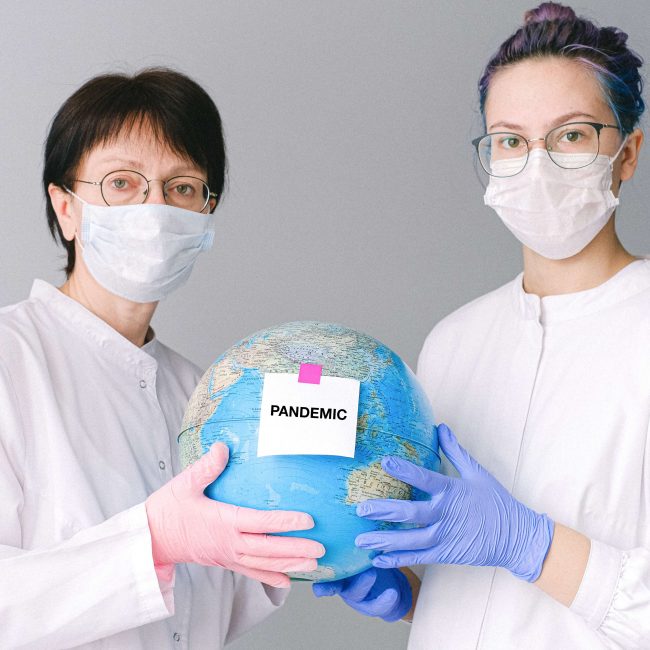
A New Age in Medicine
Every time we go through a significant event, lasting changes follow. The way we travel and handle security was forever changed after September 11, 2001. After the pandemic ends, lasting changes will affect the way we prepare for and deliver care in a health crisis.
In some ways, the COVID-19 crisis has been a massive proof of concept experiment for things like telehealth. All over the country physician groups in almost every specialty went from “zero to 60” with telehealth in a matter of days. We have now proven that some portion of care can be effectively delivered remotely. After the pandemic is over, it is my belief that successful practices will embrace telehealth as a normal part of their medical practice. I also believe these forward-thinking practices will embrace other changes for how they provide care and how they view their customers. This evolution will transpire as they look to a future very different from the one they knew just a few months ago.
Medical practices are going to face a new reality that will dramatically affect their future once the crisis is over. Many of these factors have been in play, growing for some time now, while others are directly related to the virus.
To illustrate, let’s look ahead 6 to 12 months. Most economists believe the economic impacts of the crisis will not go away as quickly as they came. Most believe that we will face double-digit unemployment at least through the end of this year. And the crisis will have added more than $3 trillion to the national debt in just a few months. With an election later this year, these economic challenges will focus even more attention on healthcare costs and reform. While it’s too early to know which way the country will break on healthcare reform, it is very likely that medical practices will find themselves in an environment with reimbursement rates under significant pressure, and the need to attract the “right” patient will be more important than ever. A key element in this environment is the new definition of the “right” patient. As we move forward, the right patient is more likely to be the Millennial or Gen Z consumer. As Millennials and Gen Zs get older, they are becoming a bigger and bigger portion of the healthcare consumer market. Consumer practices will need to attract these young people, who are very different from consumers of earlier generations.
Millennials and Gen Zs are often referred to as digital natives. These consumers grew up in a digital world and do not know otherwise. These digital natives now account for over 160 million people in this country. That number is even higher with regard to healthcare decision-making because it does not include their children. In addition, these individuals are quickly taking over the healthcare decision-making for their parents, which broadens their reach into healthcare delivery even further. The simple fact is these digital natives are making healthcare choices for well in excess of 60 percent of the U.S. population. These are the consumers that practices need to attract in order to be successful in the future. Unfortunately, many physician groups do not understand the type of consumerism this group exhibits, and many practices are not set up to meet the needs of these digital natives. Success in the future will largely be dictated by a practice’s ability to adapt to these new consumers and to deliver the type of care they want in a way they expect.
Millennials and Gen Zs have grown up in a mobile environment. They are accustomed to the products and services they consume being available right on their smartphones. They also demand greater access to the information and data than any other consumer group that has come before them. They have shown in many other industries that companies embracing their needs will succeed and those that do not will perish. Case in point: how many of you have Netflix but can’t remember the last time you saw a Blockbuster? How many of you can remember the Sears Christmas catalog but now shop on Amazon instead? These are just a couple of examples of the impact a changing consumer can have on an industry.
When it comes to healthcare, the physician practice of the future will have to understand these new consumers and develop ways to meet their needs. Let’s look at the “old-school” approach to a patient visit and compare it to the demands of the new consumer.
Currently, patients call the physician’s office to request an appointment. Many times, they have to wait on hold or go through multiple phone prompts. They eventually schedule their appointment. When the patient shows up at least 15 minutes prior to the appointment, more forms must be completed (hopefully on some kind of tablet). After filling out the forms, the patient is told to wait to be called back to the exam room. When s/he finally gets to the exam room, a nurse comes in and asks more questions to populate the EMR. Once again, the patient is asked to wait, this time for the doctor. The doctor comes in and conducts the visit. Once the doctor is finished, the patient is sent to the “check out,” and again, there is a wait to pay any co-pay and receive follow-up instructions. When patients finally leave the practice, they are frustrated with all of the wasted time and duplication of effort. When they get home, they might still have questions or be waiting for test results. They have no good way to get those questions answered or receive their test results without playing a frustrating game of phone tag. This process will not work for the new consumer, who will demand a different reality. Not only that but because these consumers are so digitally connected, they will make their positive and negative feelings known publicly.
In the new world, consumers will demand a significant increase in digital connectivity. They will demand information to be input only once and then transferred to any system where it is required. They will demand the ability to input information themselves from a smart device and also expect to access their charts and results at all times. They will seek the ability to schedule appointments without a phone call and the opportunity to eliminate all waiting and forms at the time of their visit. The new digital consumer will prefer telehealth visits and other forms of communication about his/her healthcare. Finally, these consumers will demand the ability to rate their experiences in real-time, much like they do their Uber drive, and to view the ratings of others to help them make their care decisions.
It’s a whole new world out there. The practices that adapt and adjust to this new environment are going to be successful. Those that do not, may not be around much longer.
A wise man once said: “Change isn’t required. But then again, survival isn’t guaranteed either.”

